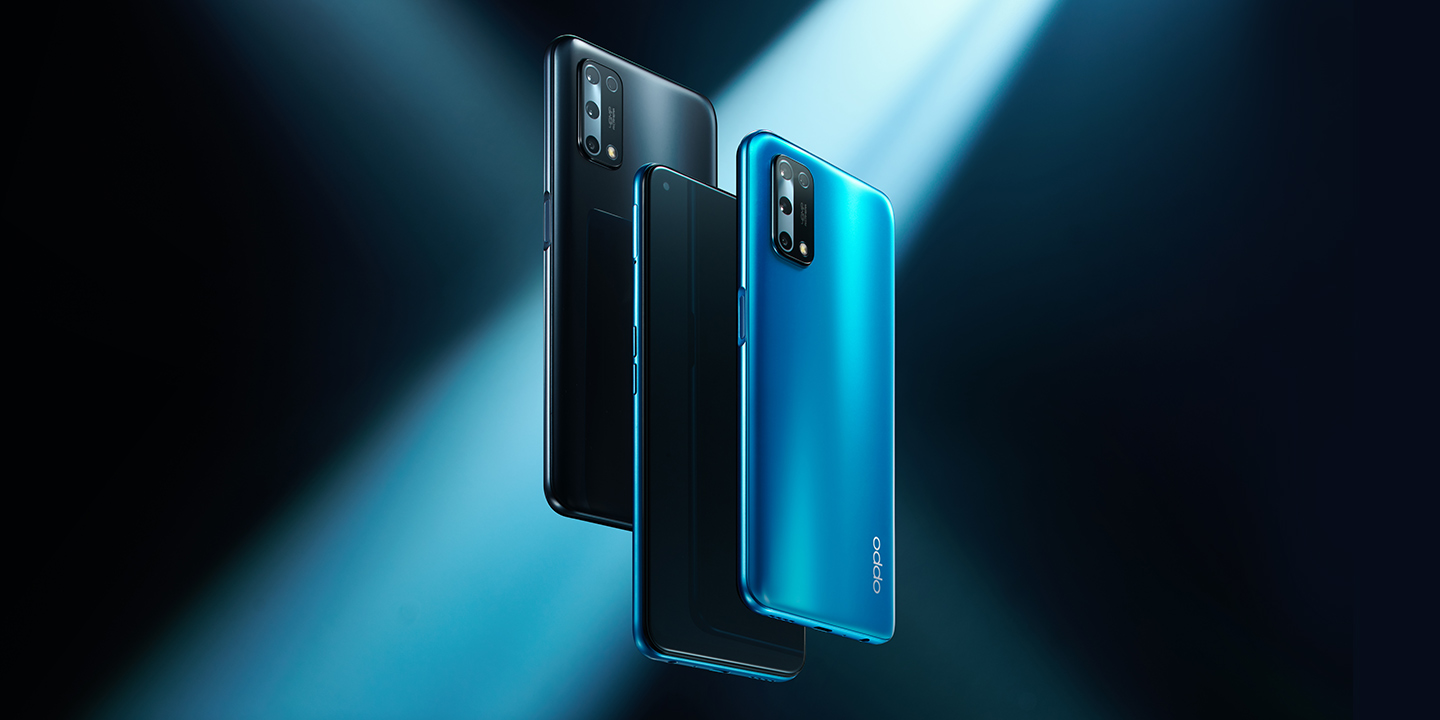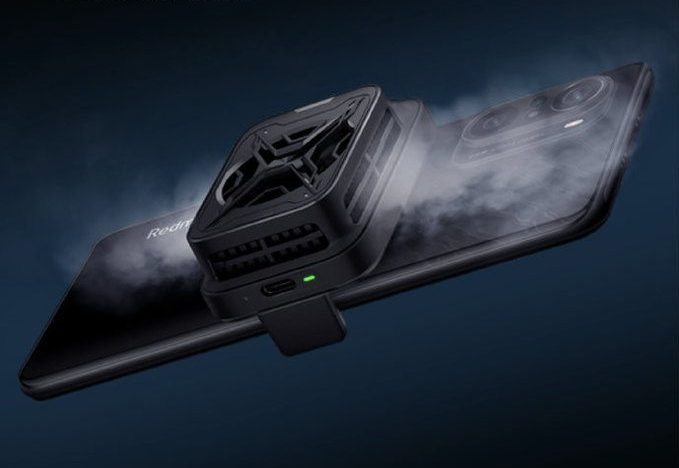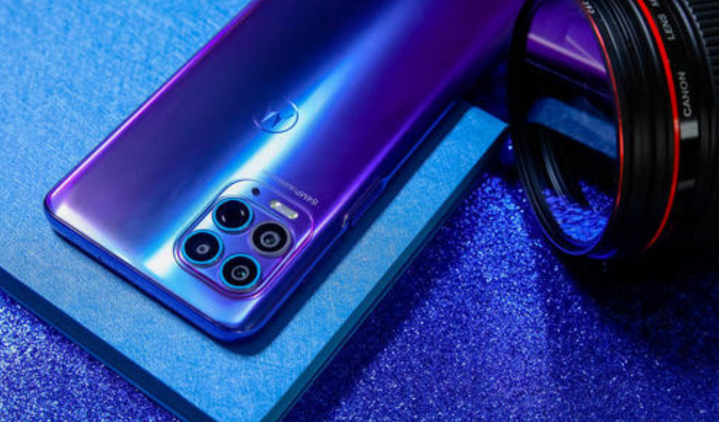You never quite know what you’re going to get every year. And as much as we love to see daring innovation on this level, this also leaves the Find X series without much of an identity to call its own. This is starting to cause a little bit of a problem, as fan-favorite features from one generation don’t necessarily make it to the next. There’s a reason why Apple, Samsung, and basically every other manufacturer rarely mix up their successful formulas.
Case in point, the original Oppo Find X’s mechanical camera system defined the handset and felt reasonably refined for a first-generation attempt. Oppo used the design to pack in 3D face locking technology and a well-reviewed selfie camera. But this feature was dropped entirely for the Find X2 Pro, which felt like a very different handset as a result. Although few would argue that the Find X2 Pro wasn’t an improvement overall, we never found out where that unique camera idea could have taken Oppo.
The move from the Find X2 Pro to the Find X3 Pro has proven even more contentious, mostly due to the new glass unibody. The Find X2 Pro’s much-loved pleather options are no more, replaced by an albeit equally eye-catching glass unibody. Yet, this creates a whole new problem for Oppo fans. Those who really enjoyed the Find X2 Pro’s design might not feel the same way about the newer handset. Granted, Samsung fans may feel the same way about the Galaxy S20 versus S21.

Likewise, the Find X2 Pro’s camera setup was quite competitive with the best in the business last year. Whereas, the new unibody design sees the Find X3 Pro ditch last year’s excellent periscope zoom camera, making it less competitive with more flexible flagship cameras on the market. In its place, we have a fun, albeit gimmicky microscope camera feature, but I’m betting this won’t stick around for long either. Form ace function and those who flocked to the Find X series for its camera prowess may be disappointed this generation.

All this begs the question: what exactly is the Oppo Find X series?
Without any generation-to-generation consistency, the Find X is clearly not aiming to carve out a lineage akin to the iPhone or Galaxy S series. At least not yet. Instead, Oppo’s flagships are a flamboyant showcase for what the company can do when it puts its mind to it, rather than necessarily what it should do. In some regards, they still feel like concept rather than mainstream handsets. Perhaps Oppo is just waiting to find a unique selling point it wants to stick with?
Priced consistently above £1,000/€1,000, Oppo probably isn’t intending to sell a huge number of Find X Pro smartphones. That job falls to the more affordable members of the Find X series and its Reno models. It’s the job of the flagship entry to get us all talking. And for better or for worse, the Find X3 Pro has certainly done just that.
While discussing Oppo’s latest release between the team only one other highly experimental flagship smartphone series came to mind: the LG G series. And we all remember how the transition from the excellent LG G3 and beloved G4 to the off-the-wall G5 series went. Consistency can be a good thing, especially when you’re doing a lot right. Experimental designs seem to be the only constant in Oppo’s Find X series, hinting at an overenthusiastic, almost scatterbrained approach to brand building. But the smartphones are individually good enough to deserve a much stronger identity and one that will help convey the right sort of message to consumers.






